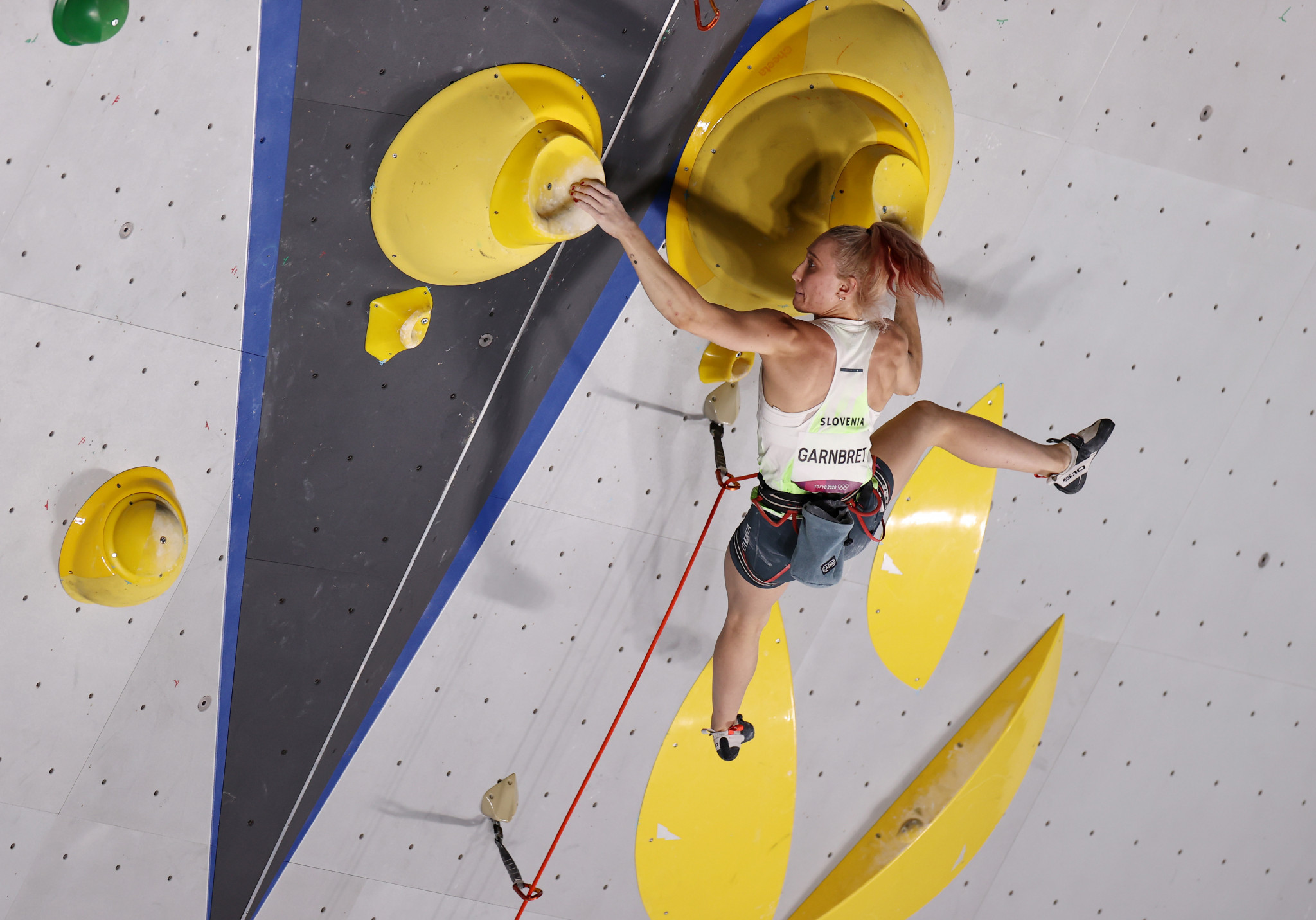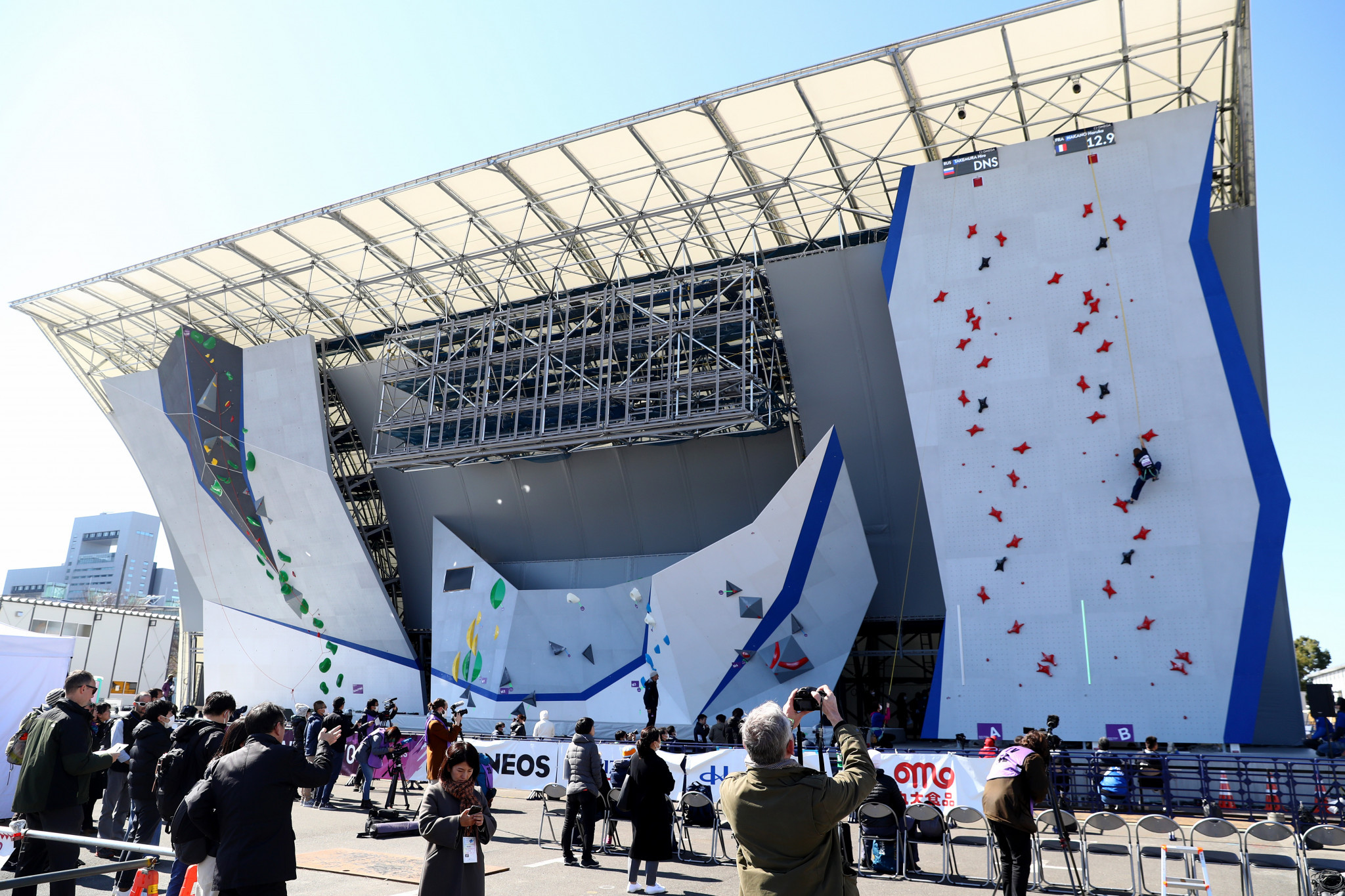The Rise of Sport Climbing in the Olympics: Sport Climbing Combined Olympics Live

Sport climbing, a thrilling and physically demanding activity, has witnessed a remarkable ascent to the global stage, culminating in its inclusion in the 2020 Tokyo Olympics. This inclusion marked a significant milestone, catapulting sport climbing into the spotlight and inspiring a new generation of athletes and enthusiasts.
The History of Sport Climbing
Sport climbing has roots dating back to the early 20th century, with pioneers like Paul Preuss and Hans Dülfer pushing the boundaries of rock climbing. The sport gained momentum in the 1970s and 1980s, with the development of specialized equipment and the establishment of dedicated climbing gyms. The International Federation of Sport Climbing (IFSC) was founded in 1991, laying the groundwork for the sport’s international recognition and competitive structure.
The Impact of the Olympics
The inclusion of sport climbing in the 2020 Tokyo Olympics had a profound impact on the sport’s popularity and global reach. The Games exposed a massive audience to the discipline, sparking a surge in interest and participation. The Olympics also provided a platform for athletes to showcase their skills and athleticism, inspiring aspiring climbers worldwide. The increased visibility and funding generated by the Games have fostered the development of climbing facilities and infrastructure, further promoting the growth of the sport.
Disciplines of Sport Climbing, Sport climbing combined olympics live
Sport climbing encompasses three distinct disciplines: lead climbing, bouldering, and speed climbing.
Lead Climbing
Lead climbing involves ascending a vertical wall, often several meters high, with the climber placing protective equipment (quickdraws) into pre-installed bolts as they progress. The climber is attached to a rope that runs through a belay device held by a partner on the ground, ensuring safety in case of a fall. Lead climbing emphasizes technical skill, endurance, and strategic route finding.
Bouldering
Bouldering involves climbing shorter, lower walls without the use of ropes. Climbers rely on their strength, agility, and problem-solving abilities to navigate challenging boulder problems. Bouldering is often practiced indoors in dedicated bouldering gyms, offering a safe and accessible environment for climbers of all levels.
Speed Climbing
Speed climbing is a dynamic and fast-paced discipline that focuses on ascending a standardized wall as quickly as possible. Climbers compete head-to-head, with the first to reach the top declared the winner. Speed climbing demands explosive power, agility, and technical efficiency.
The Combined Format and Its Challenges

The Olympic sport climbing competition utilizes a combined format, integrating three disciplines: speed, bouldering, and lead climbing. This format aims to provide a comprehensive assessment of climbers’ skills and abilities across various climbing styles. However, it also presents unique challenges for athletes, influencing training strategies and competition dynamics.
Advantages and Disadvantages of the Combined Format
The combined format offers several advantages and disadvantages for athletes.
Advantages
- Comprehensive Skill Assessment: The combined format assesses climbers’ abilities in all three disciplines, providing a more holistic evaluation of their overall climbing skills. This allows for a more accurate determination of the best overall climber.
- Increased Spectacle and Excitement: Combining different disciplines creates a more dynamic and exciting competition format for spectators. The variety of climbing styles adds visual appeal and keeps the audience engaged throughout the competition.
- Enhanced Athlete Versatility: Athletes who excel in multiple disciplines have an advantage in the combined format. This encourages climbers to develop their skills across different climbing styles, promoting overall athleticism and well-roundedness.
Disadvantages
- Time Constraints and Fatigue: The combined format requires athletes to perform in all three disciplines within a limited timeframe. This can lead to fatigue and affect performance, particularly in the later stages of the competition.
- Specialized Training Requirements: The combined format necessitates specialized training programs that cater to all three disciplines. This can be challenging for athletes, requiring a balance of training time and focus across different climbing styles.
- Potential for Inconsistency: Athletes may excel in one discipline while struggling in another. This can create inconsistency in their overall performance and make it difficult to predict the final outcome.
Comparison with Traditional Sport Climbing Competitions
Traditional sport climbing competitions typically focus on a single discipline, such as lead climbing or bouldering. This allows for a more in-depth evaluation of athletes’ skills within a specific climbing style.
- Focus on Specialization: Traditional competitions allow athletes to specialize in a particular discipline, allowing them to develop their skills and strategies to a higher level. This can lead to more impressive performances and higher standards within the chosen discipline.
- Simplified Competition Format: Traditional competitions are simpler in terms of format and scoring, making it easier for athletes to focus on their primary discipline and for spectators to understand the competition.
- Greater Emphasis on Specific Skills: The focus on a single discipline allows for a more nuanced assessment of athletes’ specific skills and techniques within that climbing style. This can be particularly important for identifying and developing promising talent in a particular area.
The Future of Sport Climbing in the Olympics

The inclusion of sport climbing in the 2020 Tokyo Olympics marked a significant milestone for the sport, and its future in the Olympic Games is brimming with possibilities. As the sport continues to evolve, we can expect to see further advancements in technique, competition formats, and even the introduction of new disciplines.
Technological Advancements in Sport Climbing
Technological advancements are already playing a crucial role in sport climbing, and their impact is only likely to grow in the future. For instance, the use of 3D printing is revolutionizing the design and construction of climbing holds, allowing for more innovative and challenging routes.
- Advanced Training Tools: Virtual reality (VR) and augmented reality (AR) technologies are being integrated into training programs, providing climbers with immersive simulations of different climbing environments and routes. This allows climbers to practice and refine their techniques in a controlled and safe environment.
- Performance Tracking and Analysis: Wearable sensors and data analysis software are being used to track climbers’ performance, providing valuable insights into their strengths and weaknesses. This data can be used to optimize training programs and improve climbing efficiency.
- Route Setting: Advancements in computer-aided design (CAD) software are enabling route setters to create more complex and dynamic routes, pushing the boundaries of difficulty and creativity. This allows for more engaging and challenging competitions.
New Disciplines and Formats for Future Olympic Competitions
The current combined format, which includes lead climbing, bouldering, and speed climbing, provides a comprehensive assessment of climbers’ abilities. However, there is room for further innovation in the future.
- Speed Climbing Variations: Variations in speed climbing formats could be explored, such as relay races or team competitions, adding a new dimension to the sport. This would introduce elements of strategy and teamwork, further enhancing the spectator experience.
- Paraclimbing: The inclusion of paraclimbing, which caters to climbers with disabilities, could become a reality in future Olympics. This would promote inclusivity and showcase the adaptability and resilience of athletes with diverse abilities.
- New Disciplines: The development of entirely new disciplines, such as boulder-on-sight or long-distance climbing, could be considered. These disciplines could introduce different skill sets and challenges, diversifying the sport and attracting a wider audience.
Sport climbing combined olympics live – The sport climbing combined event at the Olympics was a thrilling spectacle, showcasing the athleticism and skill of climbers from around the world. The format, which combines speed climbing, bouldering, and lead climbing, presented a unique challenge that tested athletes’ strength, endurance, and mental fortitude.
To learn more about this exciting new era of competition, check out sport climbing combined olympics live for a deeper dive into the event and its implications for the future of the sport.
The thrilling spectacle of sport climbing combined at the Olympics draws viewers in with its athleticism and technical prowess. After a long day of cheering on your favorite athletes, a moment of relaxation is essential, and what better way to unwind than in a cream leather accent chair ?
Its soft, luxurious feel provides the perfect comfort to reflect on the day’s exciting competition. As you settle into your chair, you can relive the highlights of the sport climbing competition, envisioning the climbers’ graceful movements and the sheer determination in their eyes.